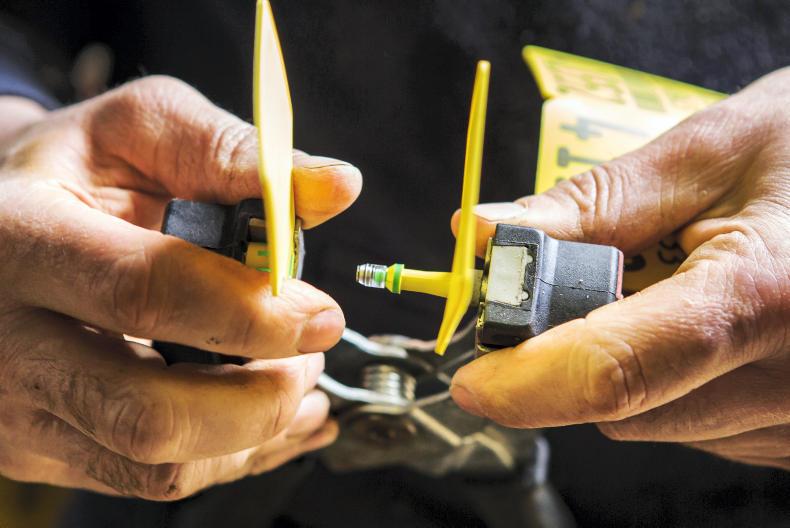Last week the Irish Farmers Journal was contacted by a suckler producer who had just received notification that three newborn calves in his herd were persistently infected (PI) with Bovine Viral Diarrhoea (BVD).
After being previously clear of the disease, he now faces the prospect of getting his vet out to put the calves down. Three young, productive cows will also now be moved to slaughter. It is a significant financial hit, and with the possibility of more PIs to come.
But more than that, it is shameful that this has happened at all, nearly six years after a voluntary BVD eradication scheme was first introduced in NI, and nearly three years since the scheme was made compulsory.
That time period should have been long enough for NI to virtually rid itself of this disease.
Of course good progress has been made, with the number of PI calves in NI down about 25% this year compared with 2017. Across the first seven months of 2018, a total of 1,517 PI calves had been born in NI.
The main problem is the removal rate of these calves (those put down within five weeks of the initial test), which has averaged around 60% for most of the year.
Given that these calves can’t move to another farm or mart, and as of 1 May 2018 cannot enter the food chain, why keep them alive? These rules are not about to disappear.
All it is doing is putting other animals in the herd at risk, and also putting your neighbours at risk.
But unfortunately there is a small cohort who seem to be willing to mess about with cattle tags and pass a PI animal onto someone else.
One way to help stamp this out is to introduce new legislation (already in place in the Republic of Ireland) that will put whole herd movement restrictions on those who retain PI calves.
Neighbours of those who retain PI calves also deserve the right to know their herd is at risk.
While it is understood that DAERA is working on new BVD legislation to be introduced in 2019, it really can’t come quickly enough.
Read more
Ireland on course to eradicate BVD by 2020
Modest fall in BVD herds
Last week the Irish Farmers Journal was contacted by a suckler producer who had just received notification that three newborn calves in his herd were persistently infected (PI) with Bovine Viral Diarrhoea (BVD).
After being previously clear of the disease, he now faces the prospect of getting his vet out to put the calves down. Three young, productive cows will also now be moved to slaughter. It is a significant financial hit, and with the possibility of more PIs to come.
But more than that, it is shameful that this has happened at all, nearly six years after a voluntary BVD eradication scheme was first introduced in NI, and nearly three years since the scheme was made compulsory.
That time period should have been long enough for NI to virtually rid itself of this disease.
Of course good progress has been made, with the number of PI calves in NI down about 25% this year compared with 2017. Across the first seven months of 2018, a total of 1,517 PI calves had been born in NI.
The main problem is the removal rate of these calves (those put down within five weeks of the initial test), which has averaged around 60% for most of the year.
Given that these calves can’t move to another farm or mart, and as of 1 May 2018 cannot enter the food chain, why keep them alive? These rules are not about to disappear.
All it is doing is putting other animals in the herd at risk, and also putting your neighbours at risk.
But unfortunately there is a small cohort who seem to be willing to mess about with cattle tags and pass a PI animal onto someone else.
One way to help stamp this out is to introduce new legislation (already in place in the Republic of Ireland) that will put whole herd movement restrictions on those who retain PI calves.
Neighbours of those who retain PI calves also deserve the right to know their herd is at risk.
While it is understood that DAERA is working on new BVD legislation to be introduced in 2019, it really can’t come quickly enough.
Read more
Ireland on course to eradicate BVD by 2020
Modest fall in BVD herds






 This is a subscriber-only article
This is a subscriber-only article










SHARING OPTIONS: